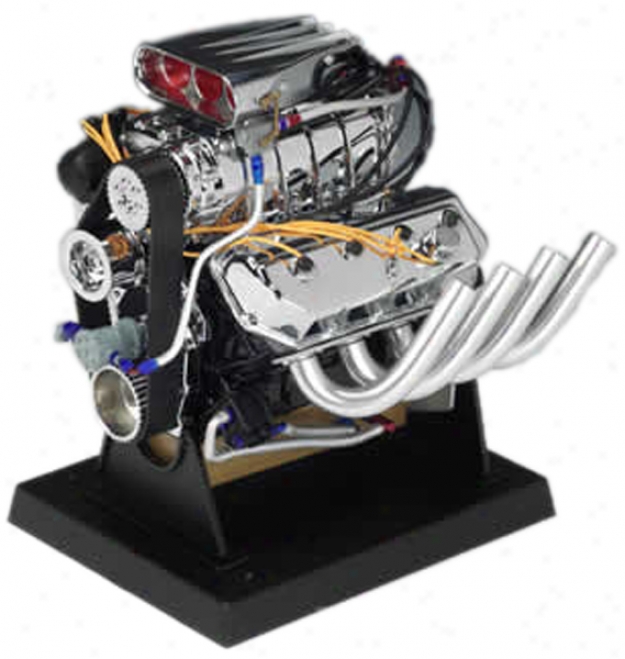

 |
| F1 spoiler |
 |
| car spoiler from mugen |
 |
| turbocharger |
 |
| supercharger way to add power is to make a normal-sized engine more efficient. You can accomplish this by forcing more air into the combustion chamber. More air means more fuel can be added, and more fuel means a bigger explosion and greater horsepower. Adding a supercharger is a great way to achieve forced air induction. In this article, we'll explain what superchargers are, how they work and how they compare to turbochargers. A supercharger is any device that pressurizes the air intake to above atmospheric pressure. Both superchargers and turbochargers do this. In fact, the term "turbocharger" is a shortened version of "turbo-supercharger," its official name. The difference between the two devices is their source of energy. Turbochargers are powered by the mass-flow of exhaust gases driving a turbine. Superchargers are powered mechanically by belt- or chain-drive from the engine's crankshaft. |